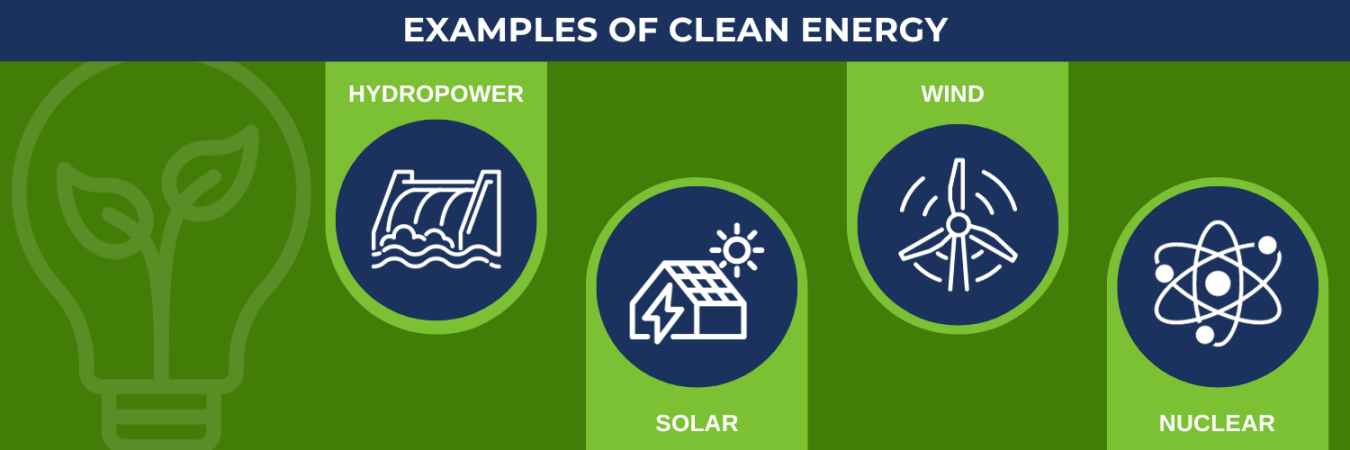It is National Clean Energy Week, so we want to shed some light on clean energy and how the Grid Deployment Office’s work is supporting our clean energy future!
September 28, 2023Electricity powers our daily lives, from turning on a light to heating homes and powering the electronics that we use every day. A modern, reliable grid—that is, the systems that deliver power from where it’s generated to communities and businesses across the nation—means cool homes on hot days, power to keep the lights on through storms, and warm communities during cold winters. It’s also essential to meeting our nation’s clean energy goals.
While most people expect electricity to work on-demand, extreme weather and aging infrastructure is showing this isn’t always the case. Rebuilding and improving critical infrastructure, like the power grid (or electric grid, as its also commonly called), is a cornerstone of the Bipartisan Infrastructure Law and the Inflation Reduction Act.
The Bipartisan Infrastructure Law and Inflation Reduction Act have given us powerful tools, totaling approximately $400 billion in investments. The Grid Deployment Office (GDO) is entrusted to deploy more than $25 billion of these investments to improve the nation's power grid. So, as an amazing superhero once said, "with great power comes great responsibility." At GDO, our responsibilities of maintaining and investing in critical generation facilities (such as hydropower and nuclear energy), increasing grid resilience, and improving and expanding transmission and distribution systems are helping provide reliable, affordable electricity when and where it is needed.
It is National Clean Energy Week, so we want to shed some light on clean energy and how the Grid Deployment Office’s work is supporting our clean energy future!
Why is clean energy important?
The United States has many clean energy resources such as solar power, wind energy, hydropower, nuclear energy, etc. Clean energy is an important tool to strengthen and modernize the power grid against wildfires, extreme weather, and the effects of climate change.

To reach the Biden Administration’s core energy goals for reaching 100% clean electricity by 2035 and a zero-emissions economy by 2050, we must make the country’s power sector 100% clean by 2035. The transition to clean energy is helping reduce carbon emissions and air pollution from energy production while also:
- Enhancing the reliability, security, and resilience of the nation’s power grid
- Creating jobs throughout clean energy industries
- Advancing U.S. energy independence
- Increasing affordability of electricity
- Expanding clean energy access for non-grid-connected or remote, coastal, or islanded communities.
Where does the Grid Deployment Office come into play?
The Grid Deployment Office plays a key role in helping the nation transition to the clean energy economy.
We take our name seriously. “Deployment” means effectively bringing resources into action, and we are collaboratively deploying our efforts towards maintaining, modernizing, and investing in the U.S. power grid. A more resilient power grid will reduce the impacts of climate change, allow more renewable energy sources to be brought online, increase access to affordable and reliable clean energy nationwide, and create good-paying jobs.
Our work is essential for:
- Connecting more clean energy sources to a modernized power grid
- Providing reliable and affordable electricity when and where it is needed
- Reducing carbon emissions
- Fostering economic growth
- Enhancing the health and well-being of communities
- Maintaining critical generation facilities
- Addressing the effects of climate change
With a focus on deploying a modernized and expanded power grid, we are paving the way towards a more resilient power grid and building a more sustainable future for present and future generations.

